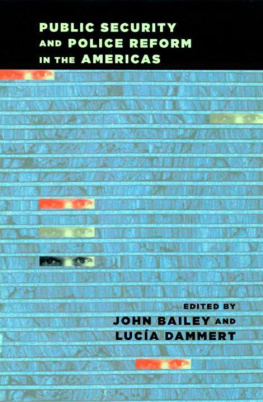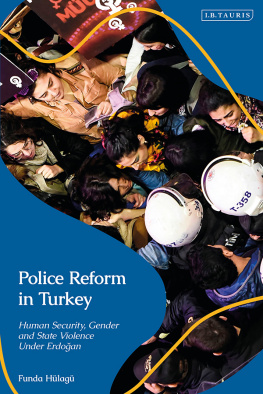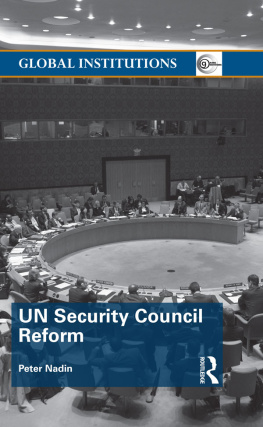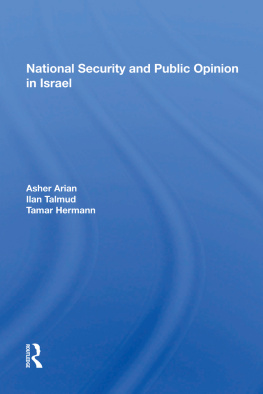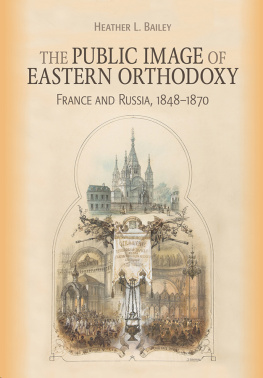Edited by John Bailey and Lucia Dammert
UNIVERSITY OF PITTSBURGH PRESS


VII
IX
XI
John Bailey and Lucia Dammert
Emilio Enrique Dellasoppa and Zoraia Branco
Paulo de Mesquita Neto
Lucia Dammert
Azun Candina
Gonzalo de Francisco Z.
Maria Victoria Llorente
Edgardo Alberto Amaya
Jose Miguel Cruz
Marcos Pablo Moloeznik
Allison M. Rowland
John Bailey
John E. Eck and Jay Rothman
John Bailey and Lucia Dammert
For their generous funding we thank the William and Flora Hewlett Foundation. Additional financial support came from Georgetown University's School of Foreign Service, the Center for Latin American Studies, and the graduate school. The National Defense University, U.S. Southern Command, and the Chilean Ministry of Defense funded the participation of our South American contributors to this volume at the Annual Seminar on Research and Teaching of Defense and Security in Santiago, Chile, in October 2003.
At Georgetown, Martha Carro served as our project administrator in the early months and was ably succeeded by Beatriz Hernandez. They attended to correspondence, budget and financial matters, and the tracking of dozens of drafts of chapters-in Spanish and English (and Portuguese, in one case)from the contributors. In addition, Ms. Hernandez supervised the editorial chores for the entire manuscript in both Spanish and English and translated chapters 1, 12, and 14 for the Spanish edition of the book. Gustavo Adolfo Flores helped bring the project to conclusion in the spring of 2005. Rachel Fedewa, Karen Bozicovich, and Hillary Thompson served as research and editorial assistants. Patricia Rosas translated chapters 4-8 and 10 ably, efficiently, and with good humor. Jose Miguel Cruz produced both the Spanish and English versions of chapter 9, and Emilio Dellasoppa translated chapter 2, which he coauthored, from Portuguese to Spanish. Beatriz Sanchez translated chapter 7. Trish Weisman did an efficient, thorough, and helpful edit that improved the overall manuscript significantly.
We thank our Chilean colleagues Hugo Friihling, director of the Center of Citizen Security of the University of Chile; Jorge Correa Sutil, assistant secretary of the Interior Ministry; and Gonzalo Garcia Pino, head of the Interior Ministry's Division of Citizen Security, for their constant and enthusiastic support for this project. Also, we thank Liliana Manzano, who helped us with editorial chores for the entire manuscript in Spanish.
Working with our contributors, who brought such interesting backgrounds and skills to the task, was both a pleasure and a marvelous tutorial. We especially thank two Argentine colleagues, Maximo Sozzo and Gustavo Gonzalez, both of the Universidad Nacional del Litoral, for their contributions. They provided lively commentary and good companionship at our various meetings and contributed useful papers. Unfortunately, because of severe space constraints, we are unable to include those chapters in the English edition of the book.





John Bailey and Lucia Dammert
Insecurity is a powerful force in private life and in politics, and fear and apprehension about crime and violence are driving change throughout the hemisphere. With few exceptions, the general pattern in the Americas was a significant increase in crime and violence in the mid-1980s and again in the mid-1gg0s. This pattern appeared on a global scale as well, for reasons that are not entirely clear. These trends clearly burdened the economies and societies of the affected countries. They complicated democratic governability as well, although we lack systematic, comparative studies (Bailey and Godson, 2000). The main exception to these trends in "common crime" was the United States, where crime rates peaked about 1990 and then declined over the decade (see Blumstein and Wallman 2000). But the sense of well-being brought by declines in crime was shattered by the terrorist attacks of September 11, 2001. In sum, whether due to criminal violence or terrorism, the issue of insecurity has risen to the top of the public agenda throughout the hemisphere.
This book examines the experiences with public security and police reform of six countries in the Americas: Brazil, Chile, Colombia, El Salvador, Mexico, and the United States. Our selection of cases (see table 1.1) includes countries representing the largest and smallest in size and population, federal and unitary in governmental organization, post-civil war and relatively pacific, in the midst of democratic transition and fairly well consolidated. Public security, as we use the term, differs from national security in that it emphasizes protection of persons, property, and democratic political institutions from internal or external threats. National security, in contrast, emphasizes protection of the state and territorial integrity from other state actors, as well as from transstate actors, such as organized crime, terrorism, and the like. Apprehension about crime and violence against persons in their daily lives throughout the hemisphere puts priority on public security.

